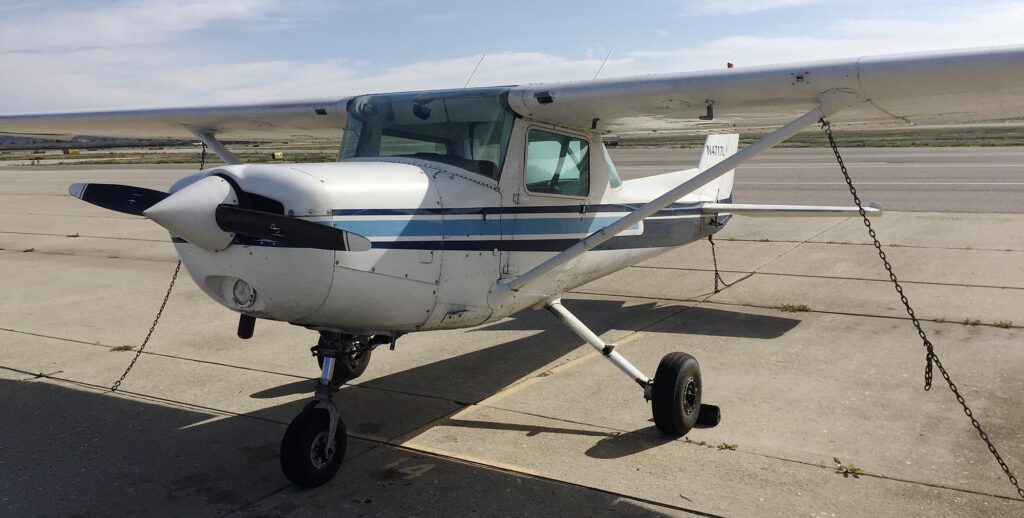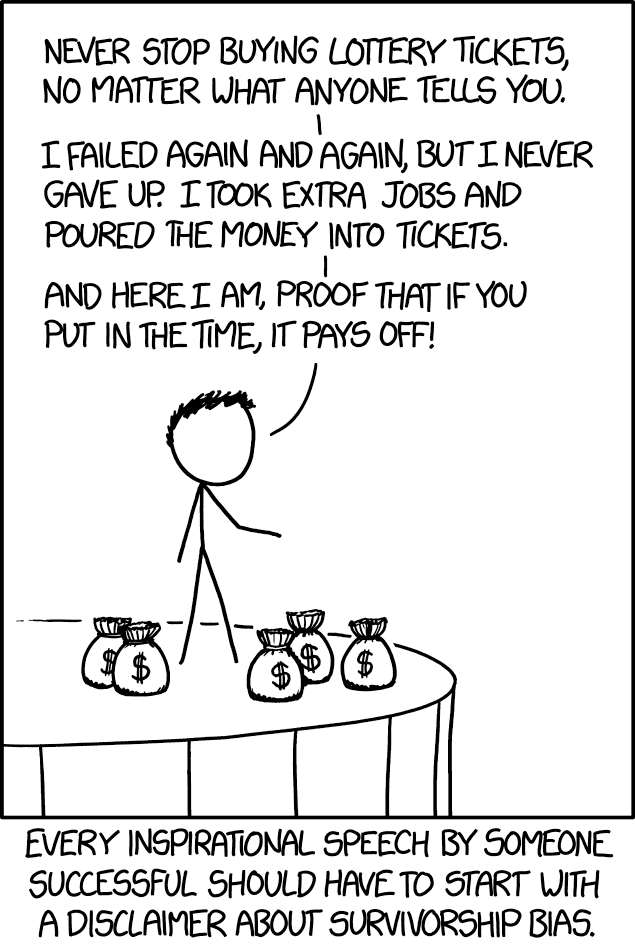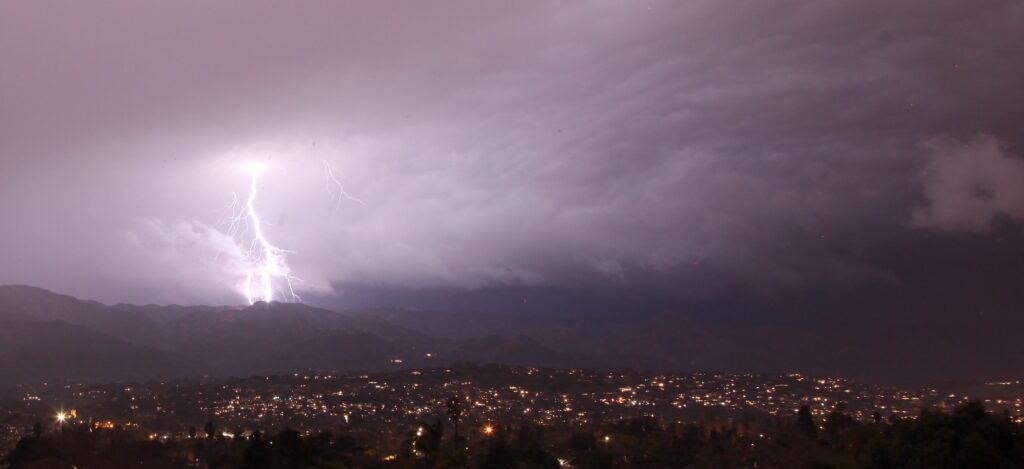
How you invest your time will determine where you go from here. Are you investing in the right areas?
I have posted before about my former adventures as a sports photographer. You can read one post on that journey here. The story of why I left photojournalism is probably every bit as important.
I was drawn to photography as a unique intersection between technical and creative work. How to gather light is a science. How to frame that light to create a beautiful or engaging photo is an art. I loved both aspects. I started taking pictures for the University Daily Kansan at the University of Kansas during my sophomore year.
Every weekend I would trundle out to the football field, basketball arena, or the track. Every weekend I would shoot hundreds of photos of people pushing themselves harder than ever. They were in competition. They were finding their limits. They were part of a team, and they didn’t want to let the team down. Every week I was impressed by their commitment and fire. Every week I grew more disappointed in my own drive and ambition.
It’s not that sports photography is easy. It is uniquely challenging. The light, the angles, the speed – it is as technically difficult as anything I have done in photography*. With that said, once you have your techniques dialed in then each new event is less of a challenge. It becomes “cookie cutter” where you begin applying the same formula again and again, achieving similar results. Maybe you can find some room for creativity. Maybe something extraordinary happens during an event and you are there to catch it. Those times are rare though. That is not growth.
In my junior year I had to take a hard look at where I was spending my time. It was pretty easy to see that how I spent my hours did not align with my long-term goals. I left the Photography department at the campus newspaper and signed up to work as a volunteer in a neuroscience lab in the Psychology Department. They were using EEG techniques to evaluate event-related potentials from the brain in language. The professor in charge of the lab became a trusted mentor and was a key recommendation when I applied to grad school twelve months later.
With the benefit of 20 years of hindsight, it was absolutely the right move.
It is FAR too easy to get into a rhythm of work that is enjoyable but doesn’t serve your long-term interests. For many of us, this will manifest as staying in a job well beyond the point where we are still growing. We implicitly or explicitly accept stagnation. In that case, it isn’t hard to predict where you will be twelve months into the future: almost exactly where you are at today.
* Astrophotography is a whole other level, so we will leave that to the side for now…
Photo: Las Alturas Road in Santa Barbara. The switchbacks are epic, especially with a wide angle lens.


